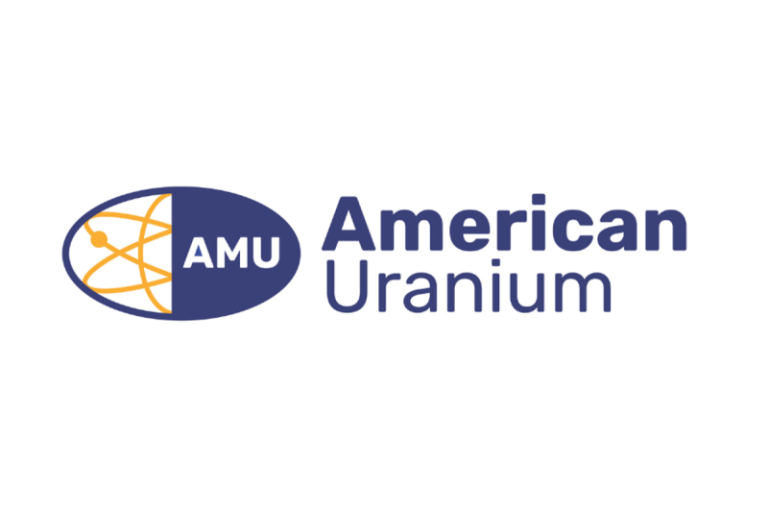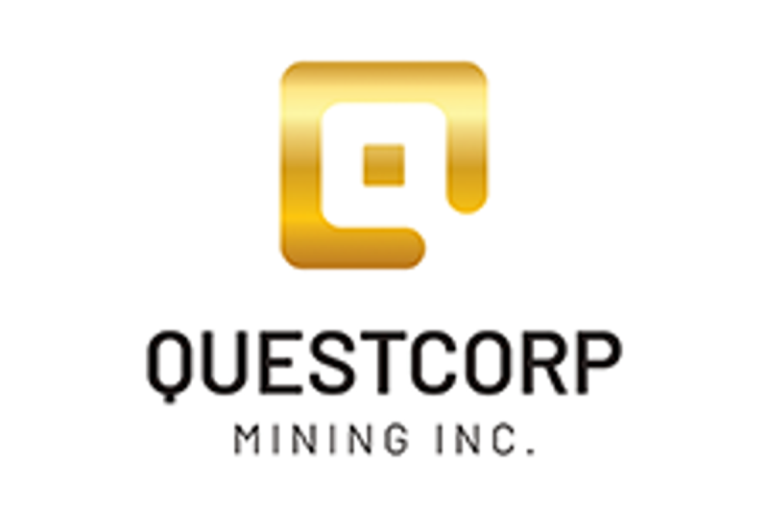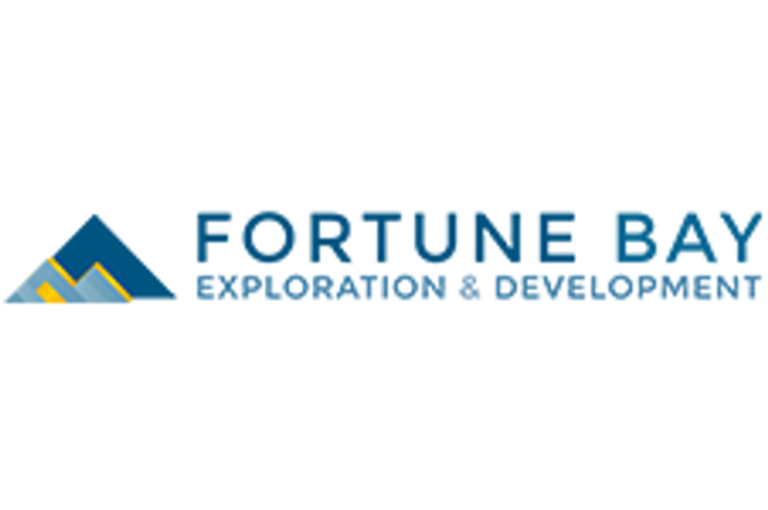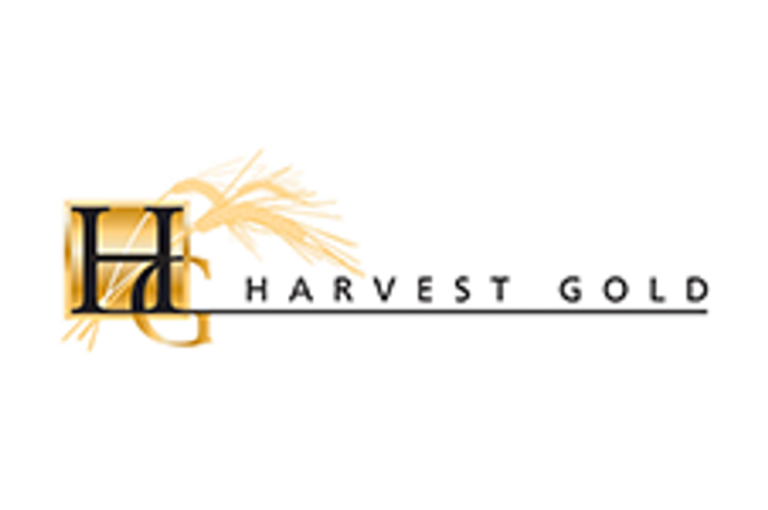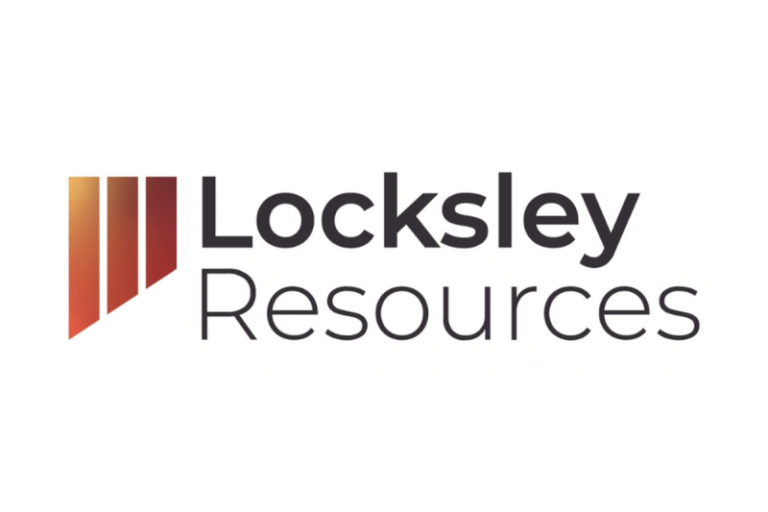Highlights
– Lo Herma resource expansion and infill drilling campaign approval received
– Phase one drilling to focus on resource expansion and is expected to start Q4 2025
AMU CEO and Executive Director Bruce Lane commented:
‘We are delighted that our upcoming resource expansion drilling program at Lo Herma is now approved to proceed. The first phase of the program will target expansion of the resource base with a focus on extensions of the known trends to the north of planned mine units one and two. The program is targeting an increase of the current 8.57Mlbs (32% indicated) eU3O8Mineral Resource Estimate by converting Exploration Target Range mineralisation for Lo Herma which currently stands at 5.6 to 7.1 million tonnes at a grade range of 500 ppm to 700 ppm eU3O8. This work is expected to feed into an updated Mineral Resource Estimate and Scoping Study in 2026 positioning us to deliver value from America’s nuclear energy revival.’
The potential quantity and grade of the exploration target is conceptual in nature, there has been insufficient exploration to determine a mineral resource and there is no certainty that further exploration work will result in the determination of mineral resources.
Lo Herma Resource Development Drilling
As previously advised on 18 September 2025, AMU’s drilling permit is for up to 121 drill hole locations with up to 37,500 metres (approximately 123,000 feet) of drilling.
The drilling is designed to achieve multiple objectives critical to advancing the Lo Herma Project. The primary goals include an initial phase of step-out drilling to target resource expansion to the north of both proposed MU1 and MU2, (Figure 1) where there is potential to increase the Project’s overall resource base. A second phase of infill drilling is planned to upgrade Inferred Mineral Resources to Indicated or Measured category within MU1 and MU2, thereby increasing resource confidence.
*To view tables and figures, please visit:
https://abnnewswire.net/lnk/D19Q15DL
About American Uranium Limited:
Lo Herma is American Uranium Limited’s (ASX:AMU,OTC:GTRIF) (OTCMKTS:GTRIF) flagship and most advanced ISR uranium development project, leading our project portfolio and strong presence in Wyoming’s Powder River Basin. Whilst Lo Herma is AMU’s first priority, we also hold significant projects in Wyoming’s Great Divide Basin/Green Mountain district and Utah’s Henry Mountains with each offering potential for further growth across proven uranium districts. Located in Wyoming’s premier uranium basin, the 13,500-acre Lo Herma project hosts a JORC compliant resource of 8.57 Mlb U3O8 with substantial growth potential. A recent positive Interim Scoping Study confirms low-cost development potential with drilling ready to expand and upgrade the resource. Surrounded by major ISR producers and backed by strategic investors, Lo Herma is well positioned to support America’s future uranium supply independence.
Source:
American Uranium Limited
Contact:
Jane Morgan
Investor and Media Relations Manager
jm@janemorganmanagement.com.au
News Provided by ABN Newswire via QuoteMedia

